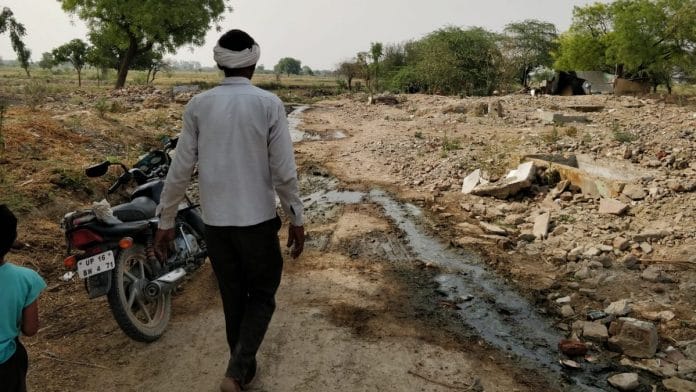Jewar: With each passing day, the boundary wall of Jewar International Airport inches closer to the Nangla Hukum Singh village—a predominantly Jat settlement—in Jewar, Uttar Pradesh. A blanket of dust smothers the blue sky. Fields, once green with wheat and paddy crops, lie barren.
The village welcomes guests with a message of their caste’s bravery on a metal board: “Jhuk gaye nawab, jhuk gaye Mughal, jhuk gaya nagar saara, jo kabhi nahi jhuka, aisa Hinduveer tha Surajmal jat humara”. (The nawabs bowed, the Mughals bowed, the village bowed, the one who never did was our Hinduveer Surajmal Jat.)
Any mention of their land and fields that are doomed to be gobbled up for the construction of the airport evokes the same warrior-like sentiment among the villagers. “We will fight. We will either kill or we will die, but we will not let our land be acquired,” says Gulab Chaudhary. “I have such a big house. The government will give me a 50 square metre plot in exchange for this. I will not take it,” he adds, pointing to his large open verandah with an animal shed and a back door opening to a lush green patch of land.
The idea of Jewar airport was first floated in 2001 by then Bharatiya Janata Party chief minister Rajnath Singh. It was only in 2017, however, when the BJP government was in power both in the state and at the Centre that clearances were fast-tracked.
Also Read: Noida vs Gurugram race is heating up. All eyes on Chautala’s job quota and Yogi’s Jewar
Promises crumble to dust
Spread across 5,000 hectares, Jewar airport is slated to be the fourth-largest in the world. At the foundation stone laying ceremony in November 2021, Prime Minister Narendra Modi said it would bring the people of the region more jobs, economic prosperity and put this belt of agricultural villages prominently on the map.
Most of the inhabitants from a cluster of six villages that were identified for the first stage of the project fell for these glorious promises of a better future. In 2019, they accepted the compensation for their fields and houses offered by the Yamuna Expressway Industrial Development Authority (YEIDA), the nodal agency in charge of executing the project. Last year, the residents of the village relocated to a rehabilitation site, called RR Site.

Today, with no fields to till, no jobs and their compensation money running out, villagers feel cheated out of their land, livelihood and prestige. Families are finding it hard to adjust to a new ‘urban’ life.
Chaudhary and his fellow villagers anticipate a similar future. Their fields and villages fall in the second stage of the land acquisition, but public sentiment towards the project has changed. The pride they once felt in ‘sacrificing’ their lands to development has turned to despair and anger.
Also Read: Uttar Pradesh is India’s broken heartland, break it into 4 or 5 states
Allegations of corruption
RR Site thrums with activity in the evening. At dusk, residents, in their multi-storey houses, switch off their air-conditioners, rev up their bikes, and drive to snack shops in the area. Men grab bottles of Mountain Dew, pull charpais onto the road, and settle down to a game of cards.
Three years ago, for a compensation of Rs 21 lakh per bigha, many of these men ended up with crores in their bank accounts after they sold their lands to YEIDA. They dreamed of a prosperous future as they headed to the RR Site, but their new reality was one of smaller plots of land with no basic facilities such as water, sanitation and electricity.
They allege that they were told they would get half of the size of the land on which they had their houses, but many ended up with only 50 square metre plots. They claim they had to bribe officials to get the plot and compensation money that rightfully belonged to them.
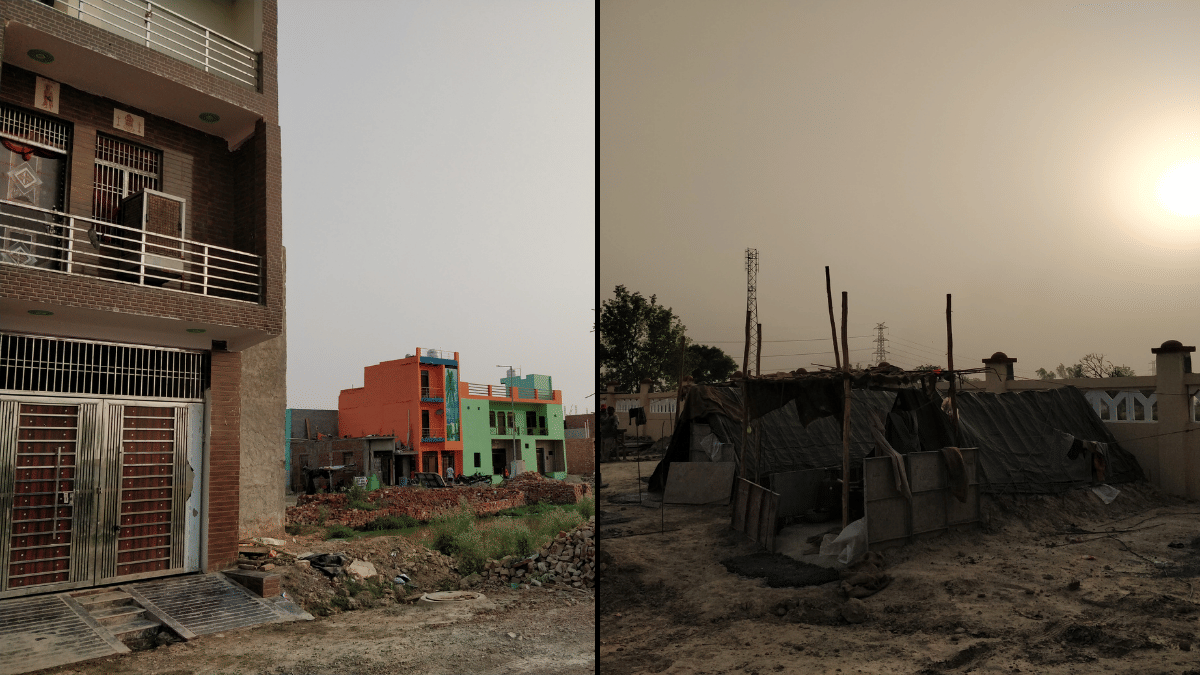
“We were cheated. The Yogi government is corrupt. We were uprooted from our villages. We received these plots after we all paid bribes,” says Pratap Tomar, from Nangla Ganeshi village, who runs a small shop selling cold drinks and chips at the RR Site. “Those who paid bribes got up to 90 square metres. We have complained multiple times to the authorities,” he adds.
There is no ‘home’ to go back to. Bulldozers have levelled their houses, temples, community halls and schools to mounds of debris.
Additional District Magistrate (land acquisition) at YEIDA, Balram Singh denies allegations of corruption. “Everything happened in a transparent manner. Two retired judges were called for the lottery system and the entire event was telecast live on Facebook. The villagers were a part of the process,” he says, adding that the plots have been assigned in accordance with the law.
“For urban areas (villages are notified as urban), schedule 2 of the Land Acquisition Act says that people have to be given a plot with a minimum area of 50 square metres. We have considered this while assigning the plots. We have even given land up to 500 square metres,” he says.
Also Read: In Meerut, ‘startup culture’ means hard-to-get loans, low demand, misplaced hope
Of SUVs and grand houses
Though villagers received compensation for their land, their expenses also increased. With no income from agriculture, it didn’t take long for the monetary compensation—which, according to some villagers, looked substantial at the time—to dwindle.
A big chunk of the money was spent on constructing houses, though lavish weddings, iPhones, SUVs and motorcycles also became the norm. Today, almost every house has a bike. Evening entertainment usually involves a 45 km ride to clubs and bars in Pari Chowk, Greater Noida.
Grand residences are common at RR Site. “Villages compete with each other to get the best house constructed. Ninety percent of the people want air-conditioners, others want Plaster of Paris designs,” says Vijay Kumar, a contractor from Rohi village, which was the first to be absorbed for the airport project.
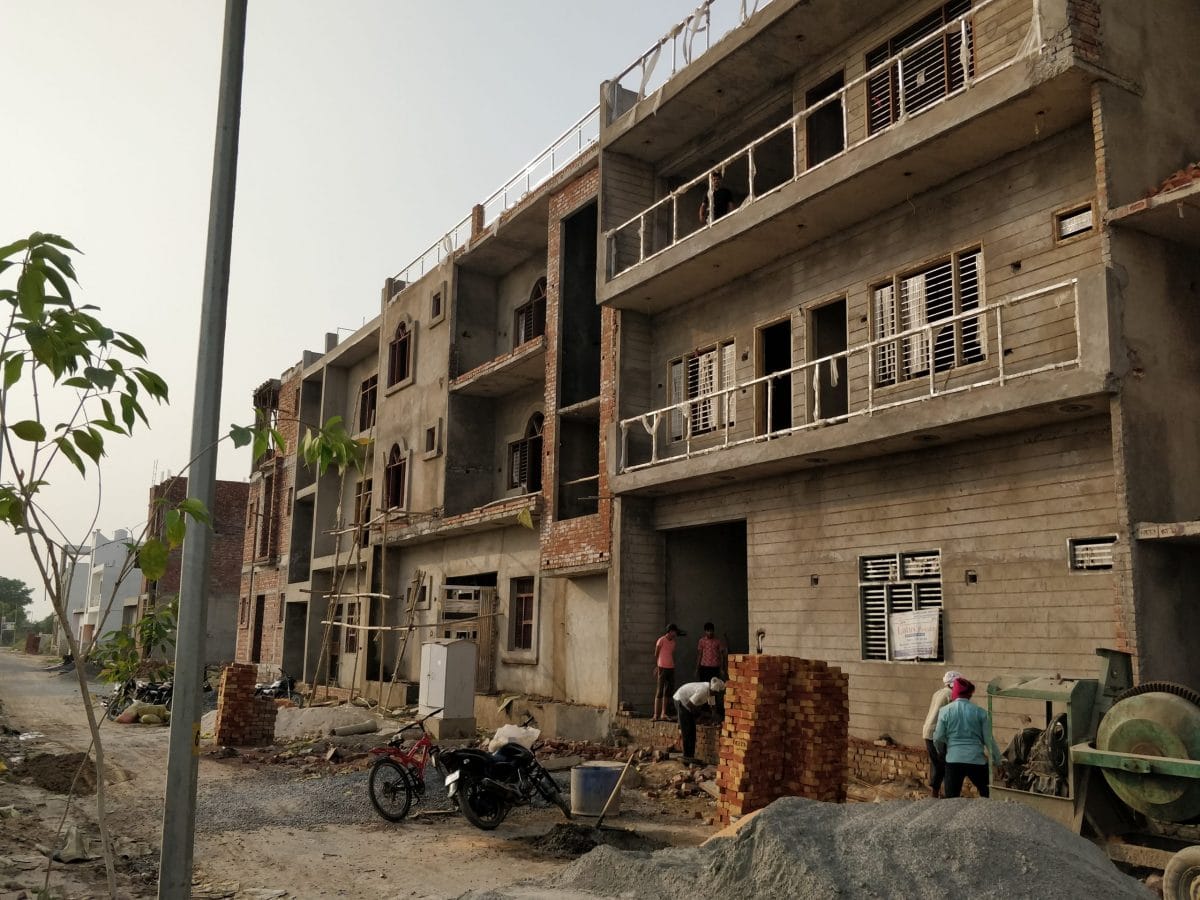
Some families did invest in agricultural land, but by then prices had sky-rocketed. “We bought land far away, but cannot go there to cultivate it. We have to give it on lease,” says Satish Rana, Tomar’s neighbour.
Ordinary household expenses have also increased as residents buy flour, rice, milk and even water from an open market. Animal rearing, which not only assured them of dairy at home, has come to an abrupt end. “There is no animal shed for any house. Those who have space outside their plots have a buffalo or two, but had to sell the rest of their animals,” says Sumantra from Rohi village. Her three-storey house at the site is still under construction.
Many villagers, who have now installed air-conditioners, face electricity bills upto Rs 5,000 a month, when once they would pay around a tenth of this. Education is also more expensive. In the absence of a village school, some parents have enrolled their children in private schools where tuition fees are high.
With no fields or schools or colleges to go to, people use their new bikes to circle the site or go to liquor shops. “If people have to come to a shop from their house, they come riding their bikes,” says Salman, 28, who worked as a fodder collector in the village but is now out of a job.
The site, explain the young boys outside one such shop, is full of children who are ‘Mandal pass’—a term they have coined referring to the Mandal Commission for those students who dropped out before Class VIII.
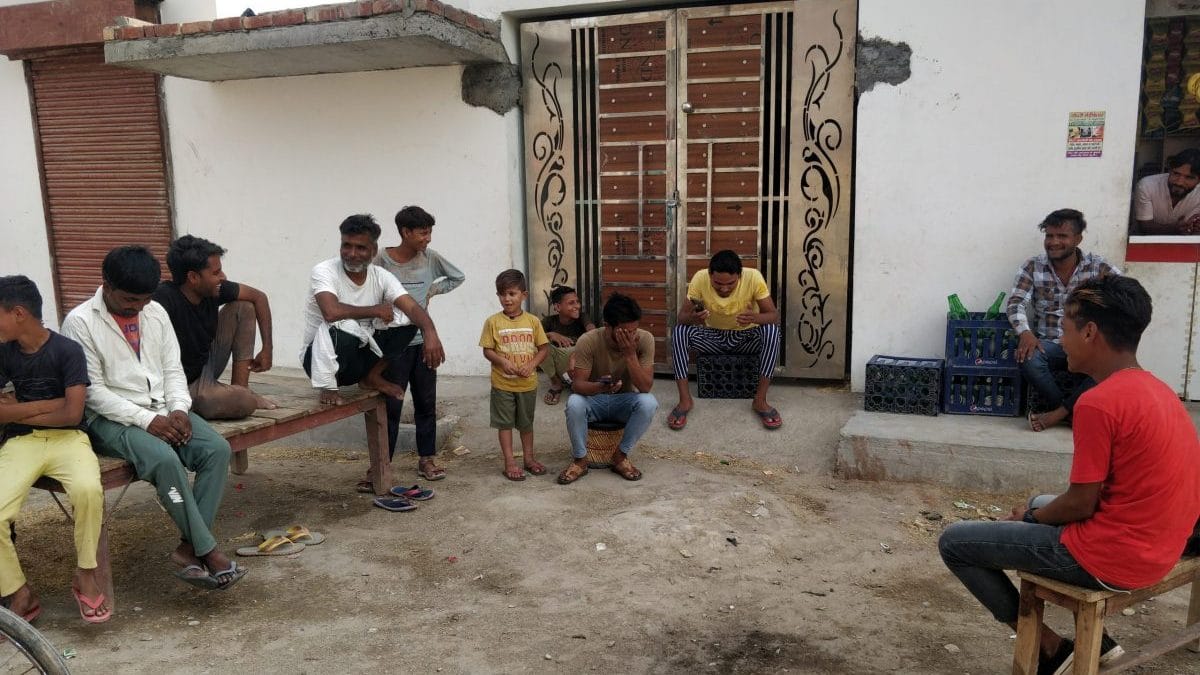
The young boys are addicted to aerated drinks and some gulp down over 10 bottles of chilled Mountain Dew every day. Some shops at the site sell over Rs 50,000 worth of it every day, claims Salman.
Also Read: As UP sinks, Yogi Adityanath soars — enough to compete for limelight with Modi
A village divided—from rural to urban
Even in the first phase, there were villagers who remained unmoved by the lure of a better future. At Dayantapur village, elderly farmers have been locked out of their fields for over a year now. When the authorities came for their approval to acquire their land in the first stage of land acquisition, none of them gave consent.
They wanted four times the current land rate, but YEIDA was offering only two. Their struggle for a fair compensation started at the steps of the village temple where they came together to plan their agitation. They blocked highways, met several state officials and even went to jail. “But we were silenced and our land was forcefully taken away from us,” said an elderly farmer.
The money the government allotted on their names, which the farmers did not accept, was deposited in a treasury. Today, with no land, no source of livelihood and no compensation, they sit hopelessly with their land papers at the same temple steps.
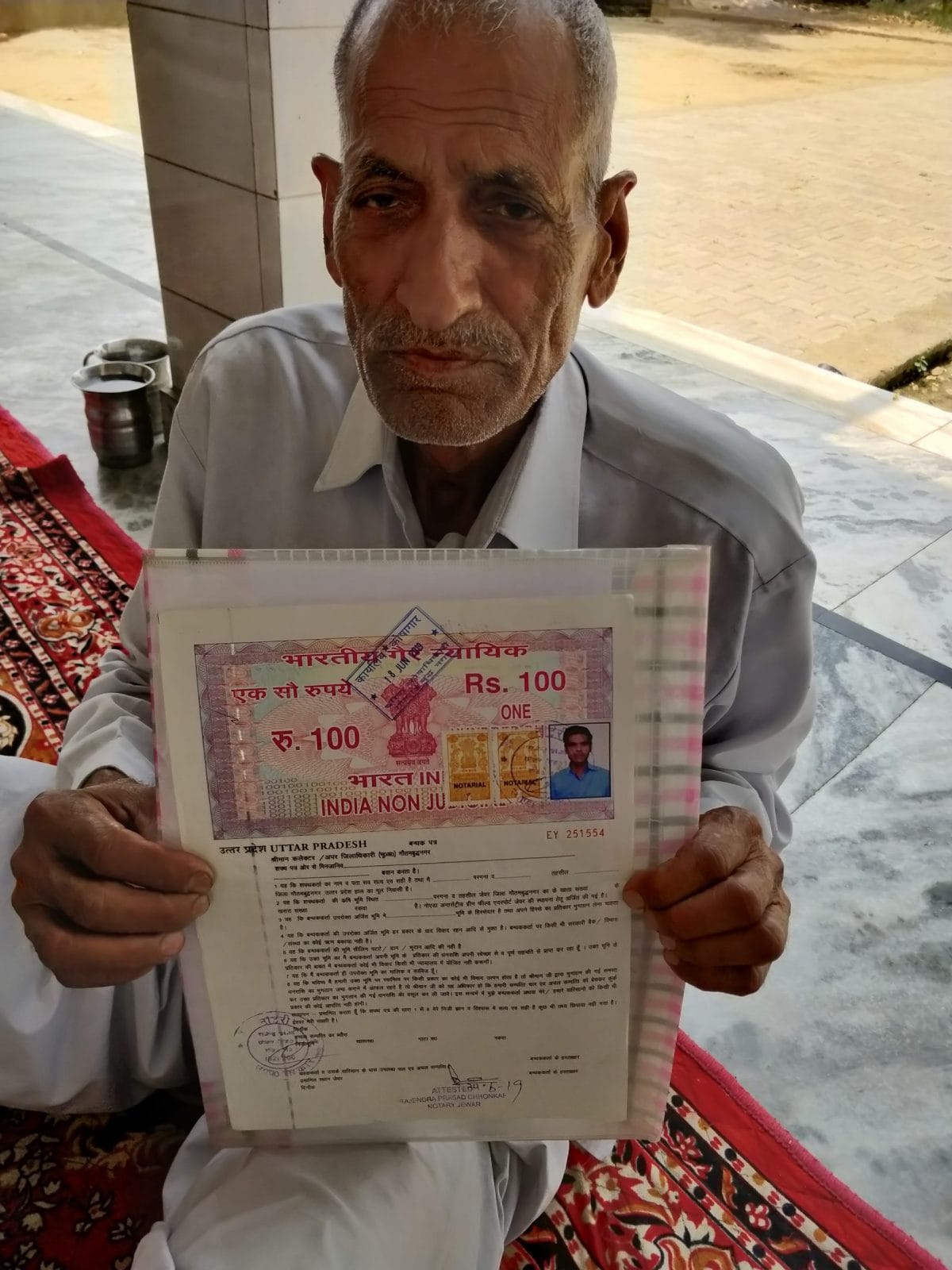
“How can the government move to stage two when stage one cases are still not resolved?” says Shri Ram Singh, 85, who is leading the fight in the village and was among the 34 farmers who spent a fortnight in jail for protesting.
Singh and his brothers claim to have lost 16 acres to the government but are unable to access the compensation money in the treasury. “Every time we go to the treasury, they send us back saying a paper or two is missing. This is their tactic of harassing us,” says Singh.
The airport has divided their village. Just a few steps away from the temple are massive houses built by those who accepted the rate offered by YEIDA.
Deciding on the fair compensation amount is the main sticking point in the second round of land acquisition as well. The Land Acquisition Act states that urban areas should be given two times the circle rate (or the market rate), and for rural areas, the rate has to be four times.
Also Read: Unemployment and unlimited data pack — UP’s youth are neither angry nor idle
In 2015, the state government converted the classification of 80 villages in the Gautam Buddha Nagar district from rural to urban out of which two villages—Dayanatpur and Ranhera—were slotted for the Jewar airport.
In 2018, the government added 16 more villages to the urban list. With this, all the villages to be acquired for the airport overnight fell under urban townships, and compensation amounts were halved. “If the village is completely agrarian, how can it be urban?” asks Ajay Pratap Singh, a farmer activist from Khera Dayanatpur village who also had to forgo his house and farm in the process.
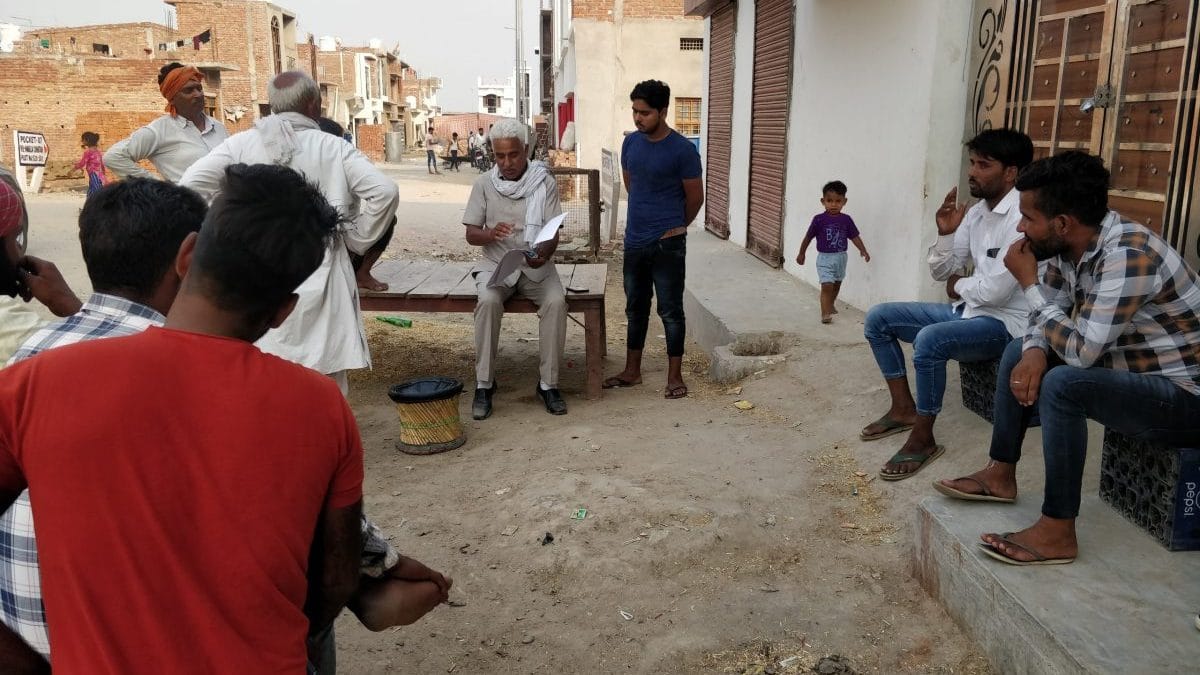
When farmers protested in May 2020, the villages were given back their rural status, but the farm lands were retained as urban areas, Singh alleges. “Villages are now in such a state that they are neither governed by a panchayat, nor have they been assigned a municipality,” explains Singh. He, along with 50 other farmers took the fight to the Allahabad High Court where their cases are pending.
The Land Acquition Act mandates a social impact assessment (SIA) of the villages. Once the SIA is approved by an expert committee, authorities such as YEIDA need the consent of at least 70 per cent land owners from the area which has to be acquired. But the farmers from villages in the first and the second stage of the project say that they were not consulted. “No public meetings happened. No one consulted us,” says Jagat Singh, 74, from Dayanatpur village.
Questions are also raised by the farmers on how the SIA was conducted. The SIA was outsourced to Gautam Buddha University and an expert team was formed with two representatives from the villages.
Dharmendra Chaudhary from Nangla Hukum Singh village was one of the members in the second stage. But his representation, he says, was merely ceremonial.
“I was handed a 200-page copy of the SIA report on the evening before the meeting. I had less than 24 hours to read it. At the meeting the report was read in English, a language I am not comfortable with. But despite my protests, the meeting was over in 20 minutes and we were asked to sign. This is how the report was cleared,” says Chaudhary. “In one meeting over a cup of tea, the fate of hundreds of farmers in Jewar was decided.”
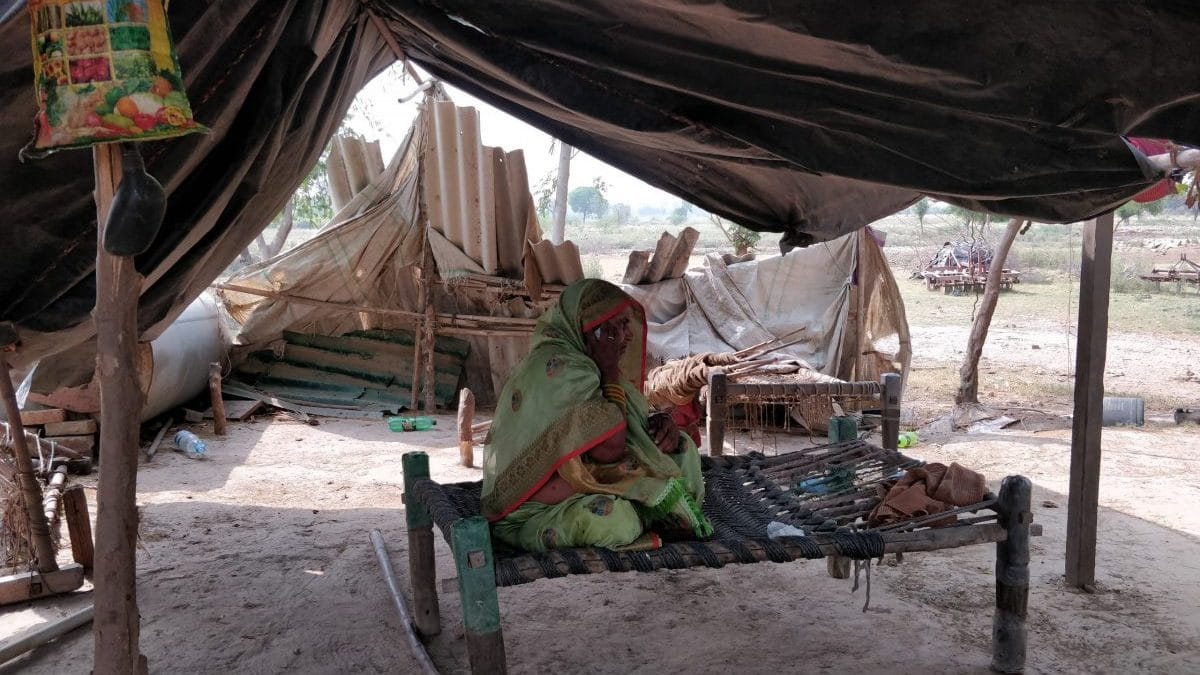
Additional District Magistrate (land acquisition) at YEIDA, Balram Singh says the process was transparent. “The SIA has been done by an independent authority and they have followed scientific methodology that cannot be questioned. Maybe the villagers have not understood this process,” he says.
What the villagers do understand is that Jewar airport has torn the social, cultural and economic fabric of their rural life. It is for the future that villagers like Gulab Chaudhary from Nangla Hukum Singh village are still determined to fight.
(Edited by Srinjoy Dey)



